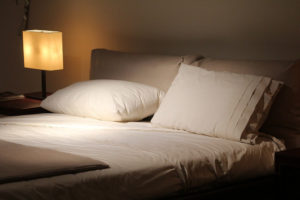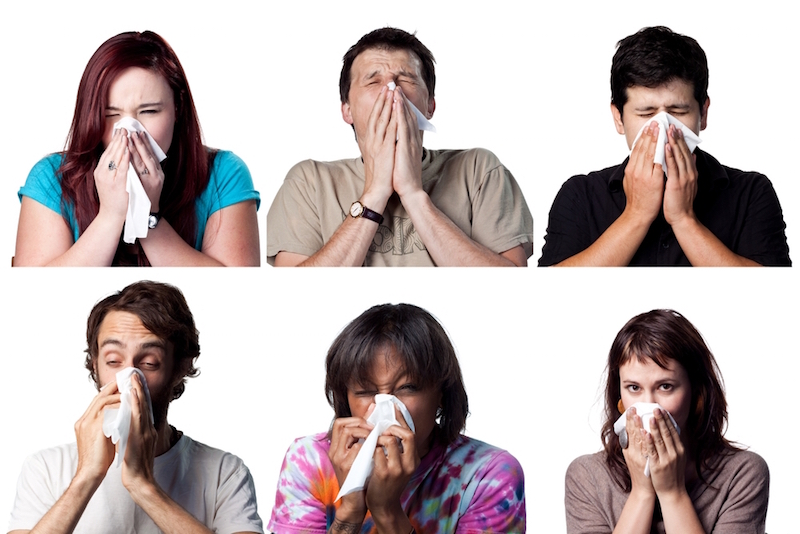 Plenty of people suffer from “white coat syndrome” aka anxiety about talking to their doctor. A new study revealed that asthma sufferers often experience this anxiety about approaching their allergist.
Plenty of people suffer from “white coat syndrome” aka anxiety about talking to their doctor. A new study revealed that asthma sufferers often experience this anxiety about approaching their allergist.
A study in the Annals of Allergy, Asthma and Immunology revealed that asthmatics are often afraid to ask their allergist questions or speak up when they have a problem. Stanley Fineman, allergist and past president of the American College of Allergy, Asthma and Immunology (ACAAI), found that only 8 to 13 percent of asthma patients keep refilling prescriptions for inhaled corticosteroids after a year. Patients may not realize that managing their allergies in a proactive, consistent way will have a big impact on their asthma symptoms.
If you’re still experiencing white coat syndrome but know it’s time to talk to your allergist, try these tips to help you keep your cool before you visit your doctor. First identify what’s worrying you; if you identify what specifically is making you uncomfortable, it’ll be easier to address the issue head on. Consider taking a friend or spouse with you to help you relax in the waiting room. Finally, if you simply don’t have a great relationship with your doctor, ask friends and family for a recommendation for a different doctor.















 There’s a lot more than stuffing and springs in your mattress, it can also be home to dust mites and other allergens like pet dander and mold. Although dust mites are invisible to the naked eye, these critters can exacerbate asthma symptoms and shouldn’t be ignored. About a quarter of Americans have allergies, and two-thirds of that group have
There’s a lot more than stuffing and springs in your mattress, it can also be home to dust mites and other allergens like pet dander and mold. Although dust mites are invisible to the naked eye, these critters can exacerbate asthma symptoms and shouldn’t be ignored. About a quarter of Americans have allergies, and two-thirds of that group have 
 In early spring I don’t even bother washing my car; I’ve given up on the fight with the yellow-green pine pollen. Although few people are
In early spring I don’t even bother washing my car; I’ve given up on the fight with the yellow-green pine pollen. Although few people are 









